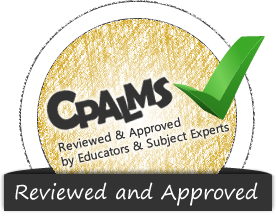Please sign in to access this resource
Click here to sign in
as a FL public educator Student
Access the resource on
FloridaStudents.org
Not a Florida public school educator?
Access this resourceon CPALMS.com
General Information
Aligned Standards
This vetted resource aligns to concepts or skills in these benchmarks.Related Videos

Submerge yourself in math as a hydrogeologist describes calculations used to investigate water flow questions related to ancient shell rings.
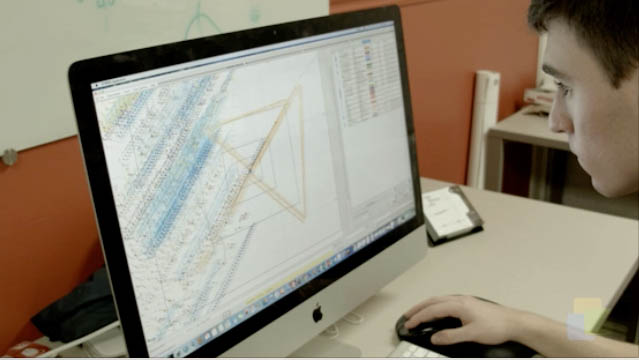
Meteorologist, Michael Kozar, discusses the limitations to existing hurricane scales and how he is helping to develop an improved scale.
Download the CPALMS Perspectives video student note taking guide.

There are 10 ways to use algebra to program a binary-counting circuit: fun and more fun.
Download the CPALMS Perspectives video student note taking guide.
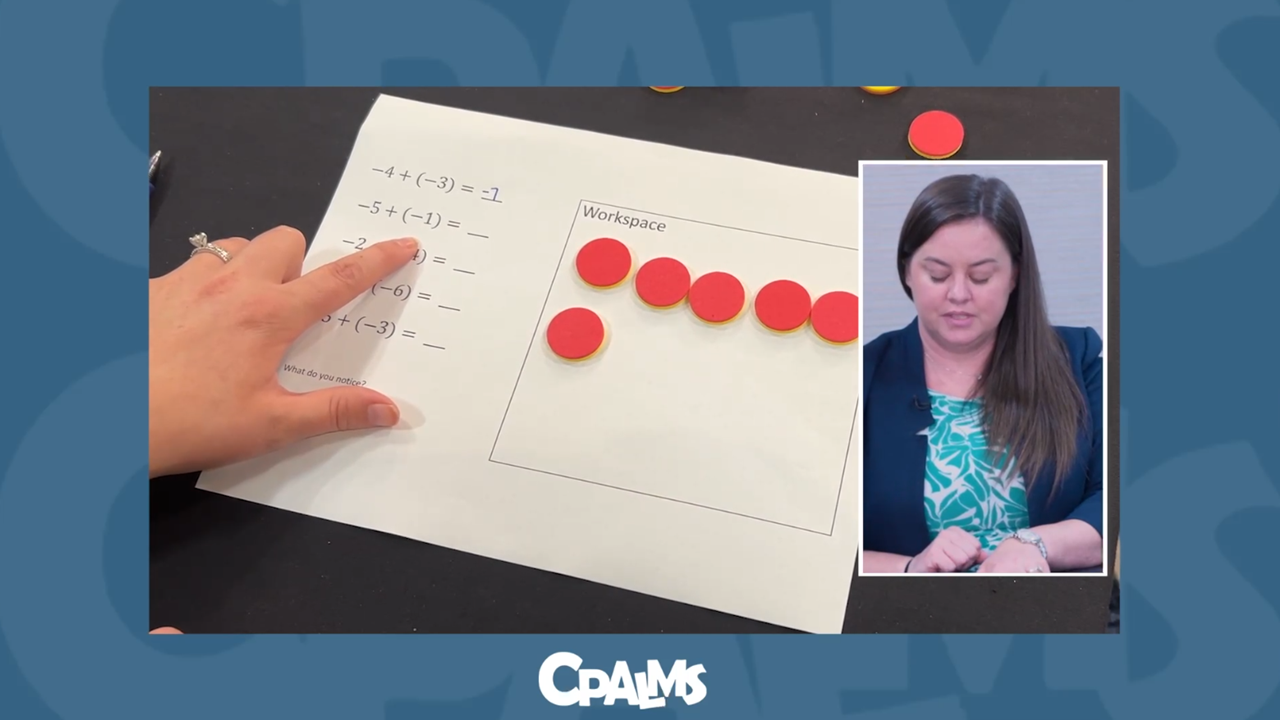
Unlock an effective teaching strategy for using patterns to help students make generalizations when adding integers in this Teacher Perspectives video for educators.
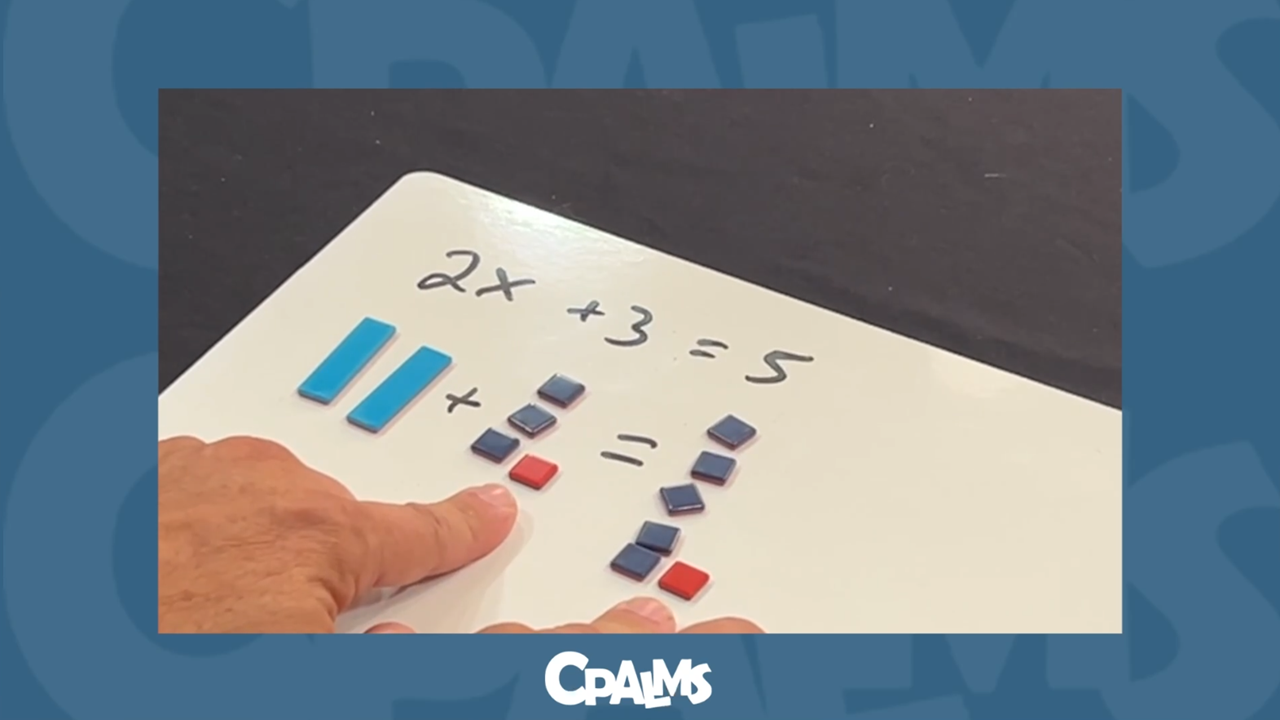
Unlock an effective teaching strategy for teaching solving equations using zero pairs in this Teacher Perspectives video for educators.

Have a need for speed? Get out your spreadsheet! Race car drivers use algebraic formulas and spreadsheets to optimize car performance.

Listen in as a computing enthusiast describes how hexadecimal notation is used to express big numbers in just a little space.
Download the CPALMS Perspectives video student note taking guide.
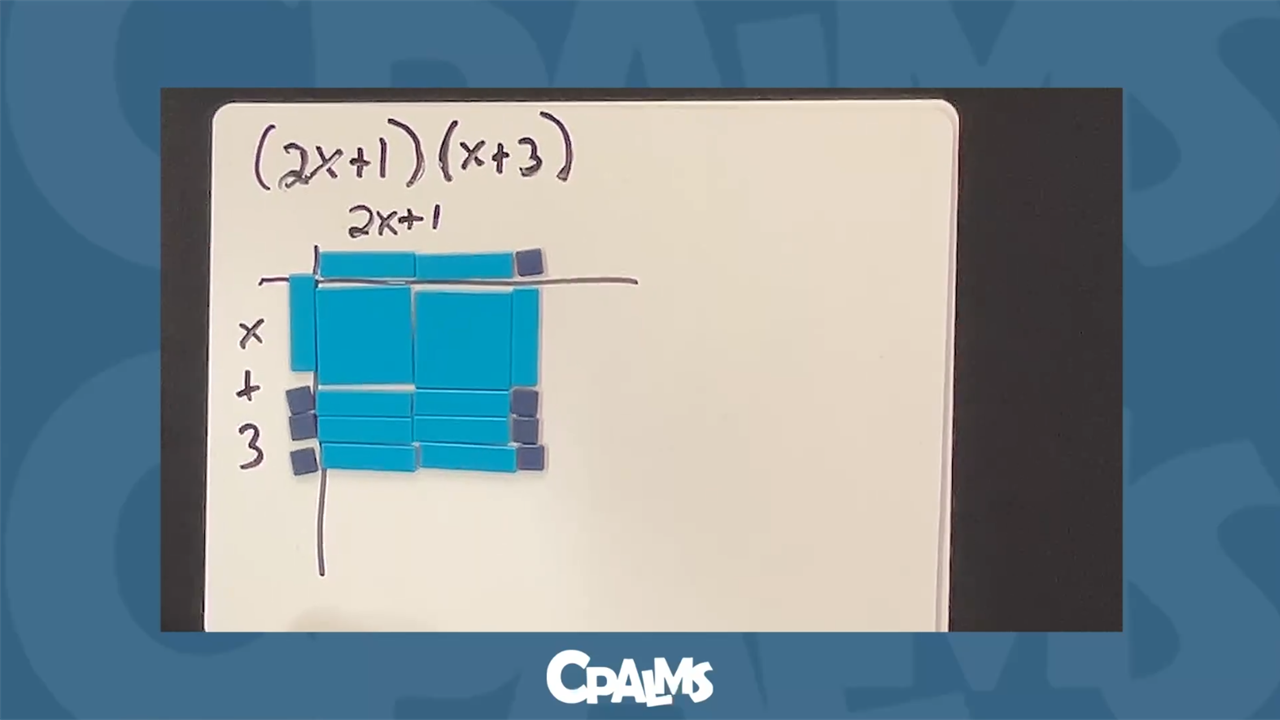
Unlock an effective teaching strategy for making connections in area models in this Teacher Perspectives video for educators.
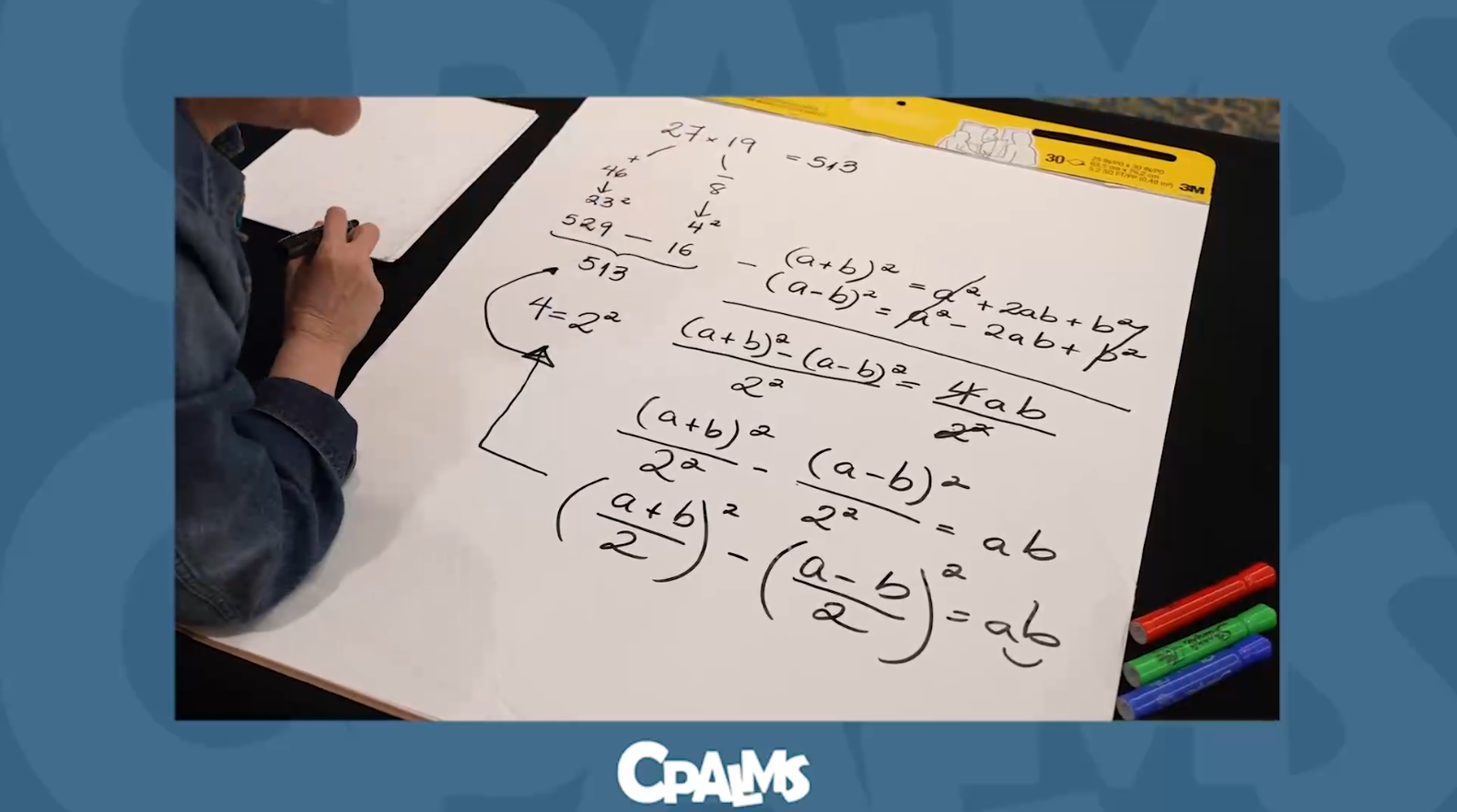
Unlock an effective teaching strategy for teaching multiplying polynomials in this Teacher Perspectives video for educators.
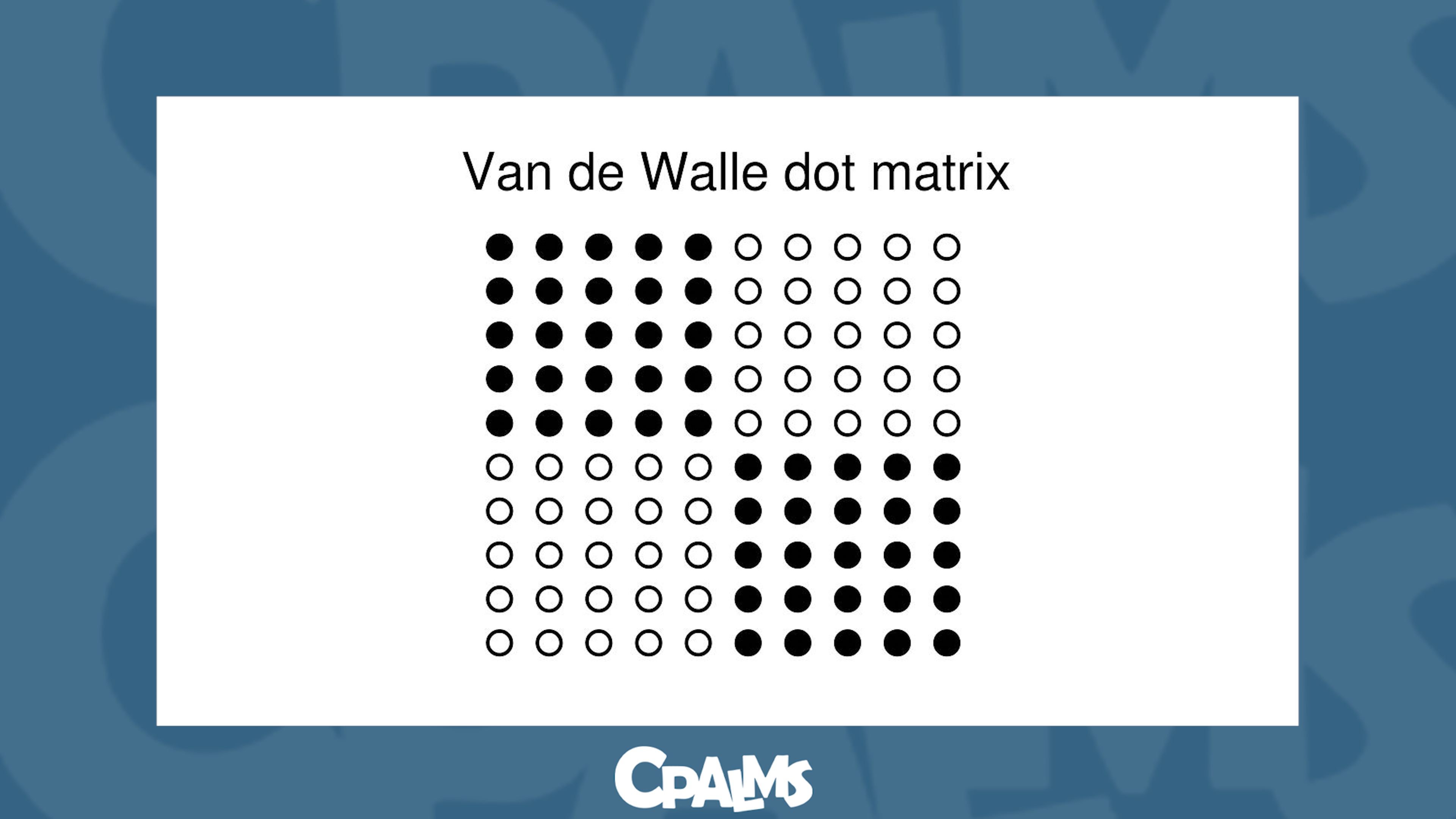
Unlock an effective teaching tool that can help students all the way from basic counting principles to multiplying polynomials.

Unlock an effective teaching strategy for teaching perfect square trinomials using algebra tiles in this Teacher Perspectives video for educators,

It's important to stay inside the lines of your project constraints to finish in time and under budget. This NASA systems engineer explains how constraints can actually promote creativity and help him solve problems!

Angela Dial discusses how she solves systems of equations to determine how the composition of ocean floor sediment has changed over 65 million years to help reveal more information regarding climate change.
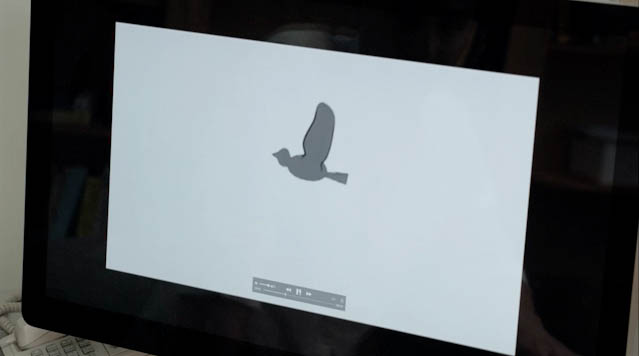
Nick Moore discusses his research behind optimizing wing design using inspiration from animals and how they swim and fly.
Download the CPALMS Perspectives video student note taking guide.

A seafaring teacher filters all the good information you need to understand water purification rates for distance traveling.
Related Resources:
KROS Pacific Ocean Kayak Journey: GPS Data Set[.XLSX]
KROS Pacific Ocean Kayak Journey: Path Visualization for Google Earth[.KML]
Download the CPALMS Perspectives video student note taking guide.

Lofty ideas about kites helped power a kayak from California to Hawaii.
Related Resources:
KROS Pacific Ocean Kayak Journey: GPS Data Set[.XLSX]
KROS Pacific Ocean Kayak Journey: Path Visualization for Google Earth[.KML]
Download the CPALMS Perspectives video student note taking guide.

SCCA race car drivers discuss how using a chassis dyno to graph horsepower and torque curves helps them maximize potential in their race cars.

What happens when math models go wrong in forecasting hurricanes?
Download the CPALMS Perspectives video student note taking guide.

Researchers Frank Johnson, Richard Bertram, Wei Wu, and Rick Hyson explore the necessity of scientific and mathematical collaboration in modern neuroscience, as it relates to their NSF research on birdsong.
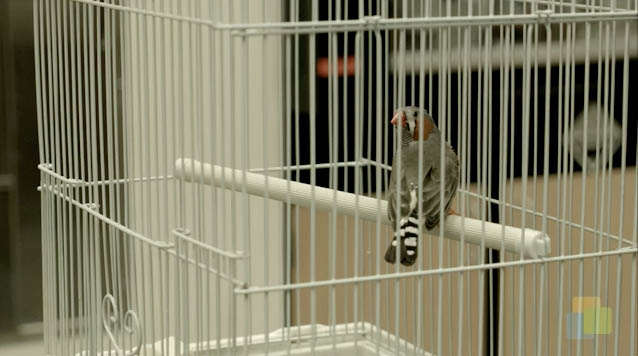
Richard Bertram discusses his mathematical modeling contribution to the Birdsong project that helps the progress of neuron and ion channel research.
Download the CPALMS Perspectives video student note taking guide.
![Cpalms [Logo]](/images/cpalms_color.png)




